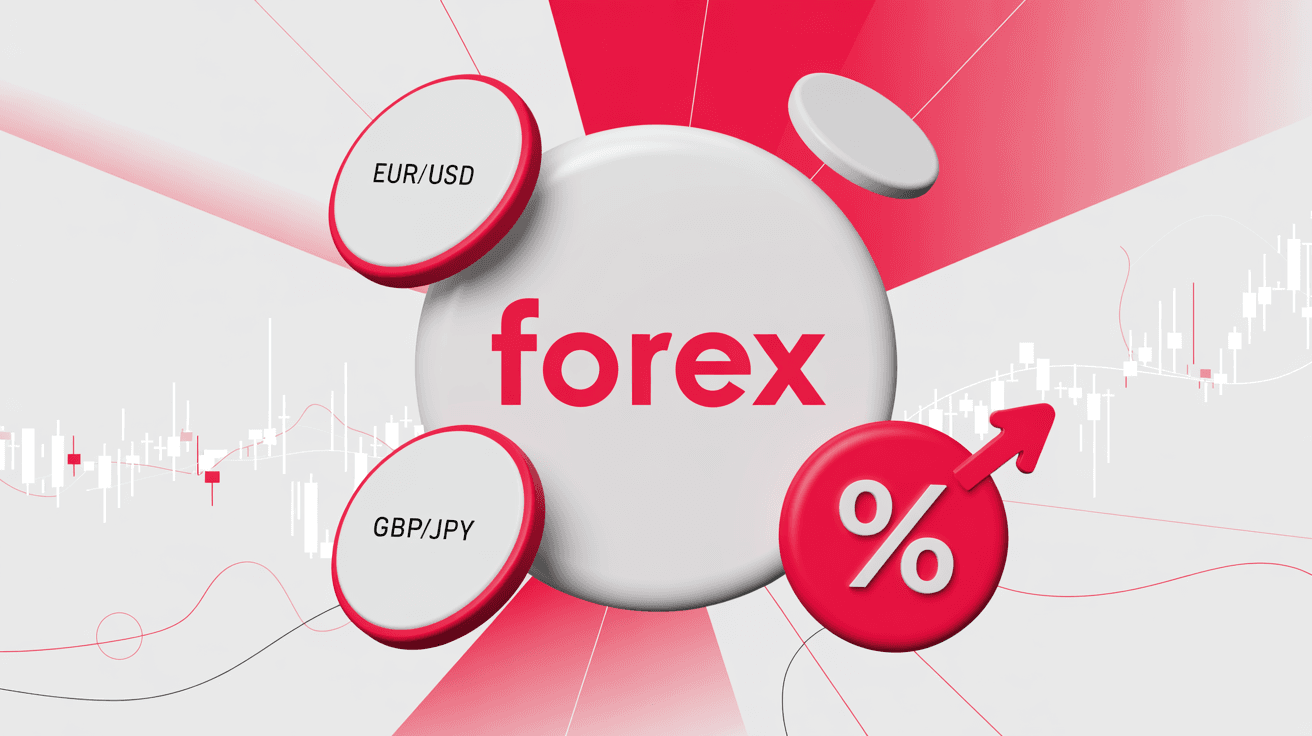As markets move through Wednesday, attention shifts to upcoming key data releases — Thursday's Bank of England rate decision and Friday's Canadian employment report. USDCHF continues to trend higher, supported by bullish technical signals, while fundamentals are clouded by the prospect of steep US tariffs on Swiss goods and a slowdown in US services sector growth. The mix of potential inflation pressures and signs of weaker demand leaves traders balancing opportunity with caution ahead of the week's main events.
Overview
As markets move through Wednesday, attention shifts to upcoming key data releases — Thursday's Bank of England rate decision and Friday's Canadian employment report. USDCHF continues to trend higher, supported by bullish technical signals, while fundamentals are clouded by the prospect of steep US tariffs on Swiss goods and a slowdown in US services sector growth. The mix of potential inflation pressures and signs of weaker demand leaves traders balancing opportunity with caution ahead of the week's main events.
Key Economic Events
Thursday 14:00 (GMT+3) – UK: Official Bank Rate (GBP)
Friday 15:30 (GMT+3) – Canada: Employment Change (CAD)
Chart Analysis
Since establishing a low at 0.78713 on July 1, USDCHF has maintained a constructive upward trajectory, marked by a consistent pattern of higher highs and higher lows. The initial reversal signal was identified through a failure swing formation, where the trough at 0.79100 held above its predecessor before the pair decisively broke above resistance at 0.80633, paving the way for further upside potential.
Currently, price action remains above both the 20-period and 50-period Exponential Moving Averages (EMAs). However, confirmation of a sustained bullish trend via a "Golden Cross" — where the shorter EMA overtakes the longer EMA — has yet to materialize.
Technical indicators support the positive bias. The Momentum Oscillator has risen above the 100 threshold, reflecting persistent underlying strength, while the RSI remains comfortably above the 50 level, underscoring steady buying interest in the pair.
Key Resistance Levels
Should the buyers keep market control, traders may direct their attention toward the four potential resistance levels below:
0.81704: The initial resistance level is established at 0.81704, which mirrors the swing high from August 1.
0.83113: The second price target is set at 0.83113, representing the 261.8% Fibonacci Extension drawn from the high point, 0.80633, to the low point, 0.79100.
0.83824: The third price objective is observed at 0.83824, corresponding to the weekly resistance, R3, calculated using the standard Pivot Points methodology.
0.84755: An additional upside target is projected at 0.84755, reflecting the daily high recorded on May 12.
Key Support Levels
Should the sellers take market control, traders may consider the four potential support levels listed below:
0.80633: The initial support level is seen at 0.80633, corresponding to the swing high reached on July 17.
0.79286: The second support level is estimated at 0.79286, representing the weekly support, S1, calculated using the standard Pivot Points methodology.
0.78713: The third support level is identified at 0.78713, reflecting the trough marked on July 1.
0.77017: An additional downside target is 0.77017, mirroring the weekly support, S3, estimated using the standard Pivot Points methodology.
Fundamentals
The US could impose tariffs of up to 39% on Swiss imports as early as Thursday if trade talks fail, triggering significant price hikes on watches, luxury goods, skincare, chocolate, and coffee. While gold, silver, and pharmaceuticals are largely exempt, the proposed rate is among the highest faced by any country under the US's reciprocal tariff policy.
Switzerland's watch industry, high-end beauty sector, and artisanal chocolate producers—particularly smaller firms without US production—would be hardest hit. Currency effects could push the effective increase to around 55%. Economists warn that prolonged tariffs could weigh on Swiss growth, employment, and equity markets, while US consumers face higher prices and potential supply constraints.
On the other hand, the ISM Services PMI came in at 50.1 in July, signaling sluggish growth. Business activity and new orders rose slightly, but hiring fell, and prices hit their highest level since 2022. Trade slowed as imports and exports contracted, pointing to pressure from tariffs. Overall, the sector remains in expansion, but momentum is weak.
Conclusion
With key economic data still ahead, USDCHF holds a bullish technical structure but faces a fundamental backdrop of mixed signals. Potential U.S. tariffs on Swiss goods and slowing U.S. services growth add uncertainty, while near-term momentum favors the upside as long as support levels remain intact. Traders should stay alert to policy announcements and data releases that could quickly shift sentiment before the week’s end.
